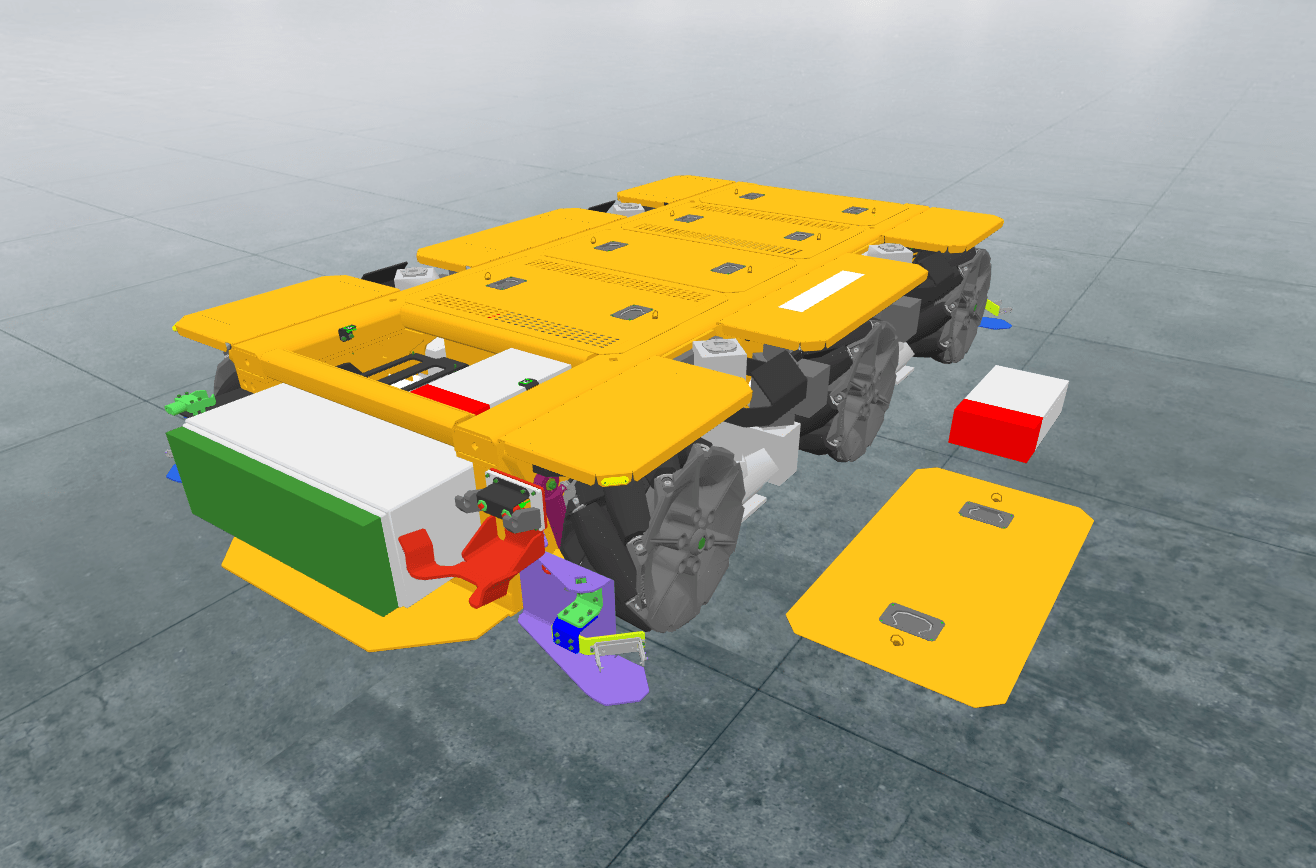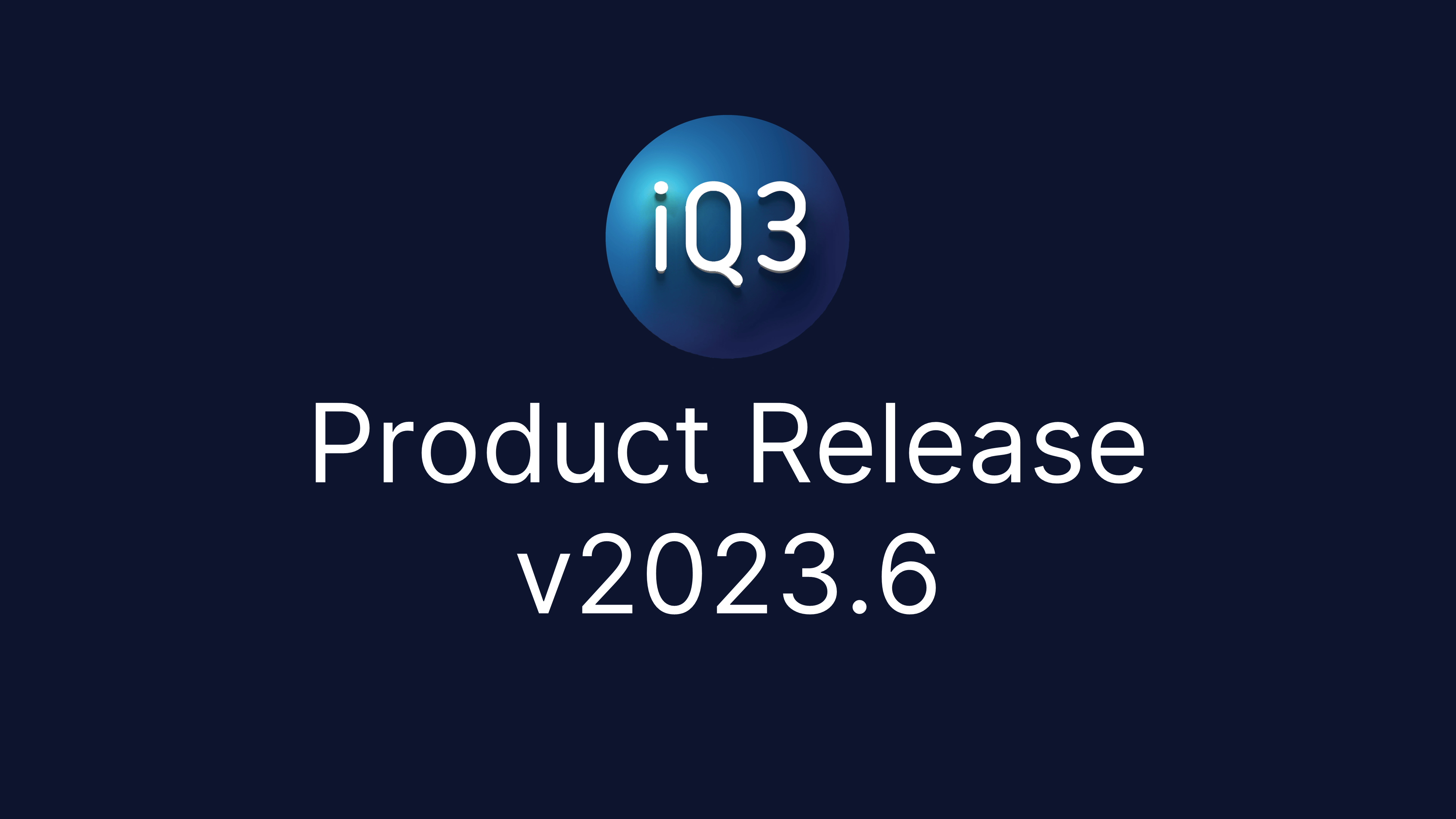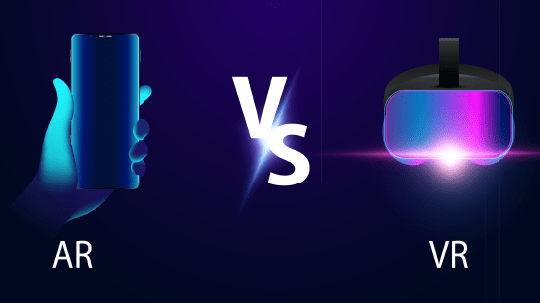iQ3Connect’s VR & AR Solution for Oil & Gas
Our web-based XR training and collaboration platform empowers individuals, teams, and enterprises to create, deploy, collaborate, and learn with immersive and interactive 3D content on any VR, AR, PC, or mobile device. By transforming immersive 3D into a scalable productivity tool, enterprises in the oil & gas industry can realize the benefits of XR from manufacturing to installation, operations, and decommissioning.
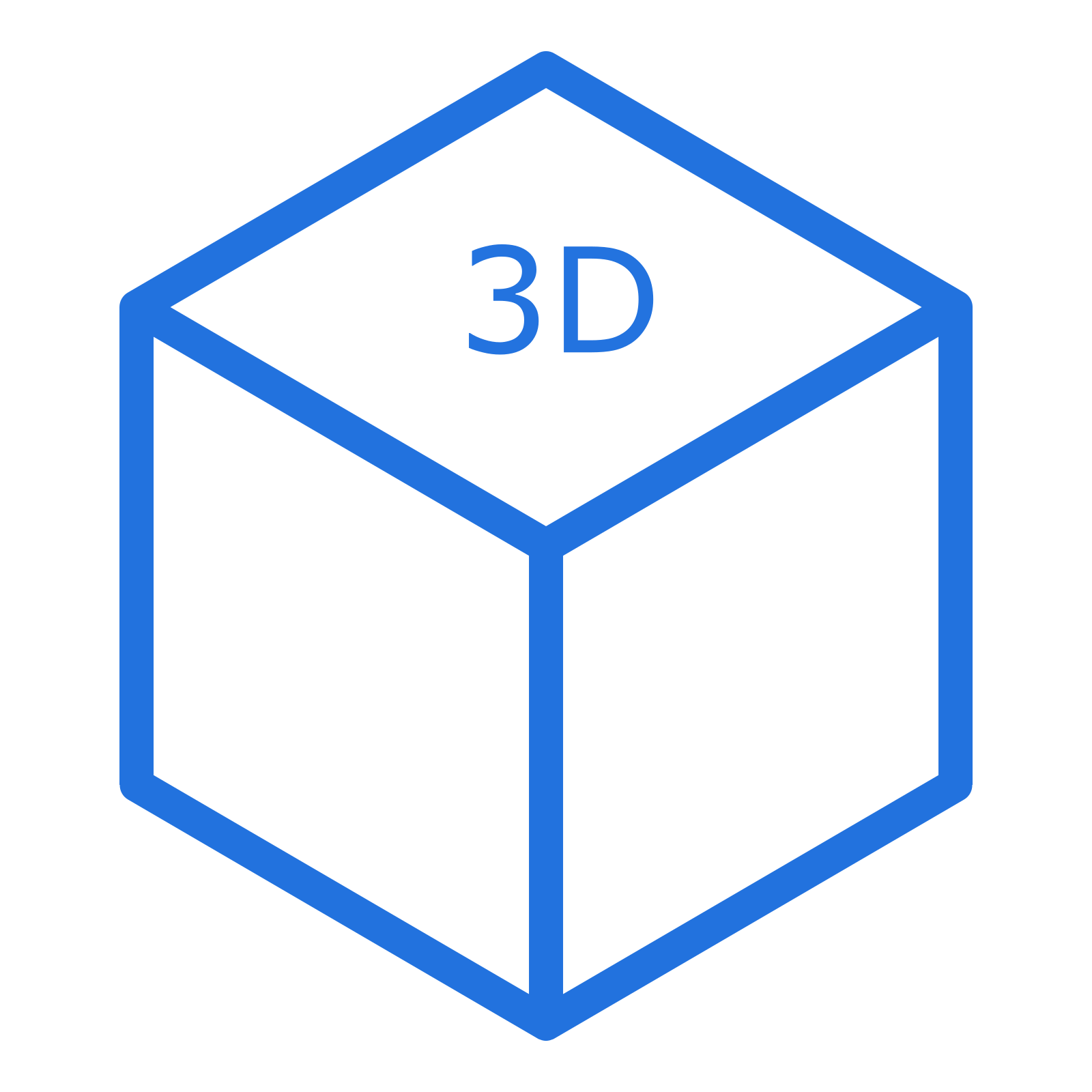
Accelerated Creation of Digital Twins
Import 3D models rapidly into VR/AR workspaces and training environments with automatic optimization, no experts or developers needed. We support the most common CAD and 3D scan formats used in the oil & gas industry.
Ultrafast Access on any Device
One-click, secure access to immersive workspaces with your digital twins in your web browser – no apps or software downloads. Access workforce training and digital twins on any VR, AR, PC, or mobile device.
No-Code Training Creation
Create custom virtual training simulations without the need for extensive technical or programming knowledge. Our simple and intuitive web UI is making XR authoring as easy as creating a slide deck.
Enterprise-Ready
Secure cloud or on-premise hosting, single sign-on, access control lists, and rich web APIs for PLM, LMS, and any other customized business integration need.
Trusted By

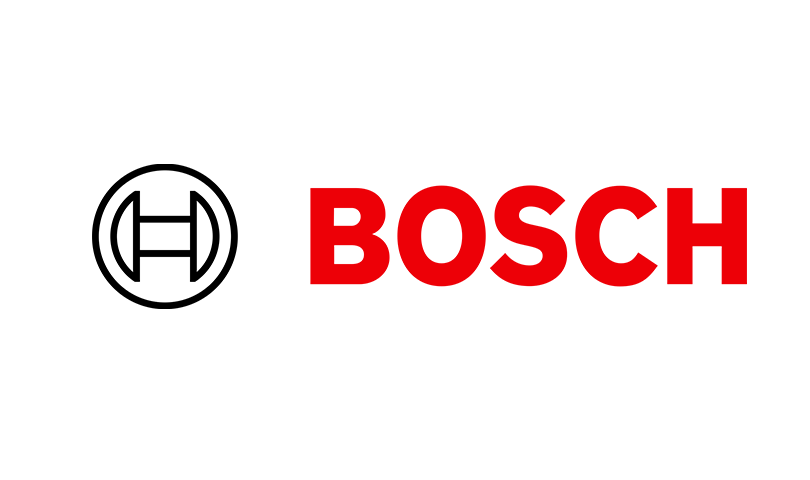
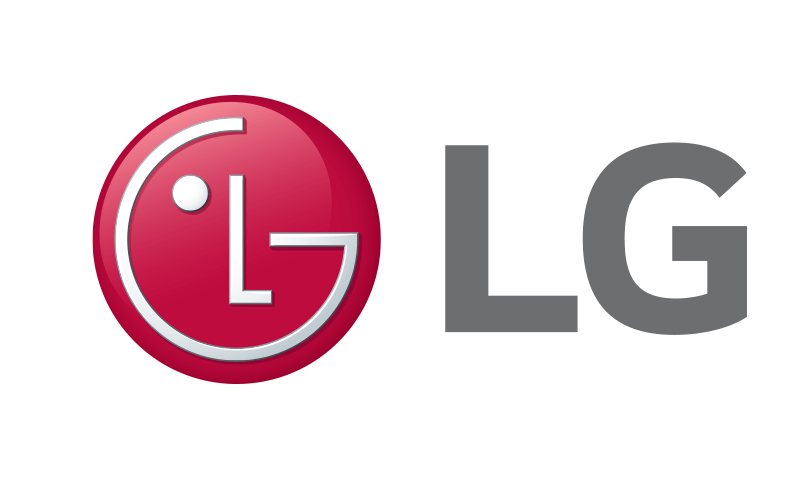
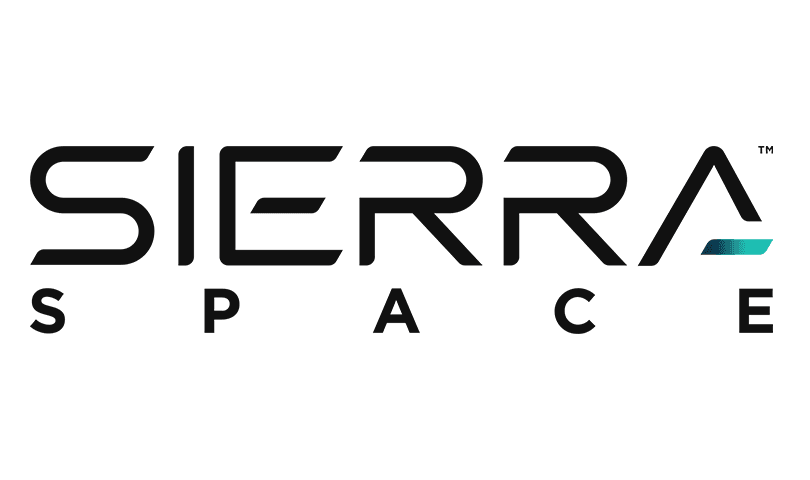
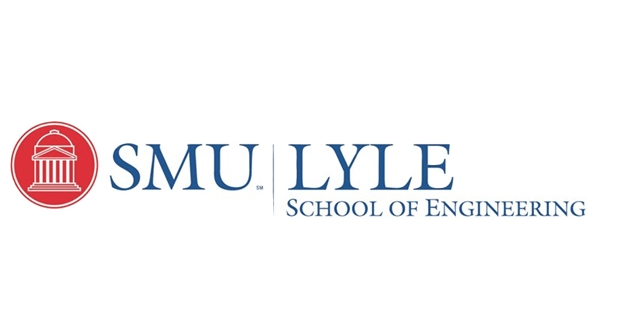
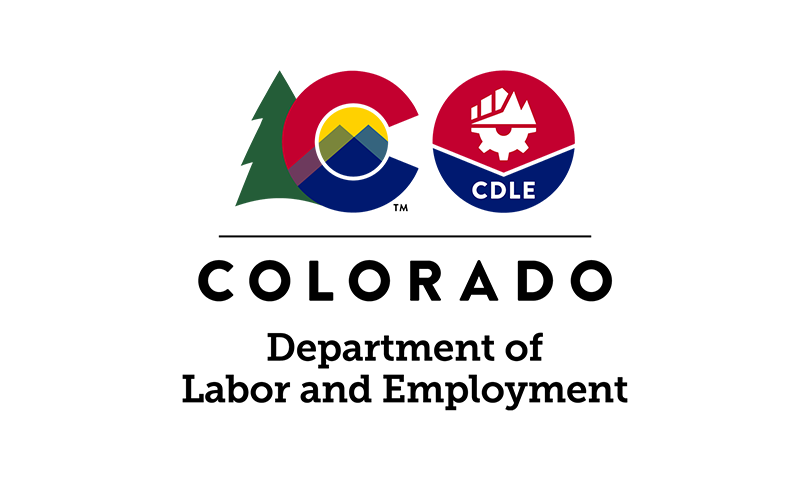

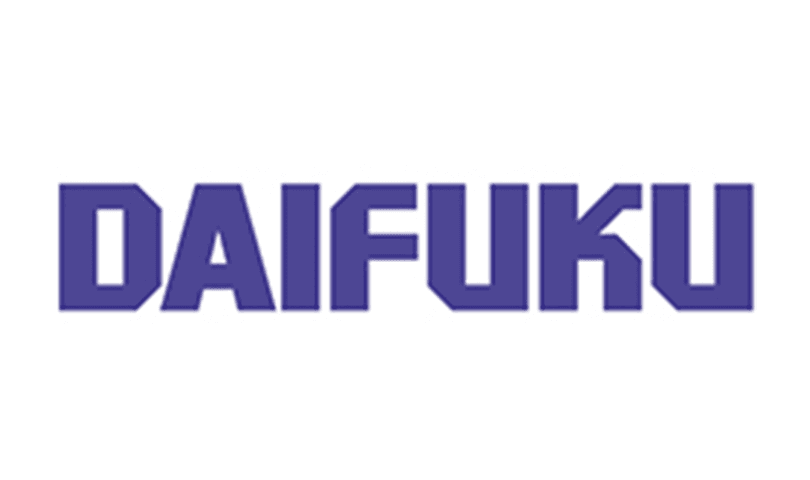








C M Venkat
Vice President, Aker Solutions
Rajendra Chitragar
Managing Director, Arya Engineers & Contractors
Mark Lawrence
3D Geospatial Consultant, Waves Group
Dennis (Chip) Herrick
Sr. Information Technologies Specialist, Bosch
VR & AR Oil & Gas Training Use Cases
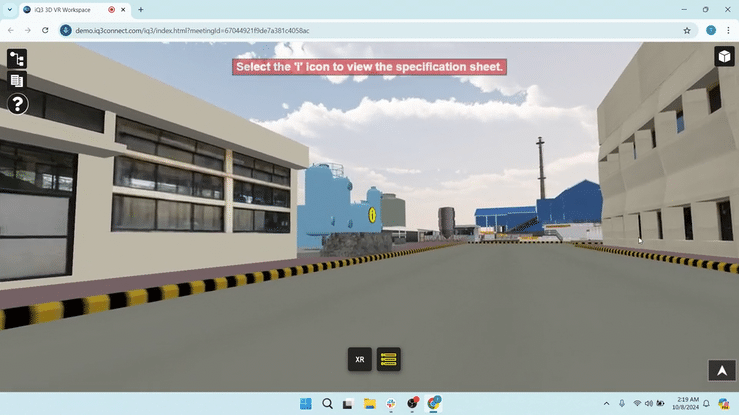
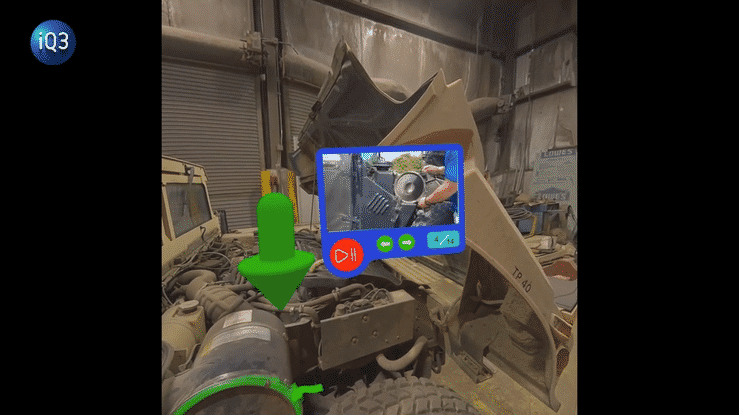
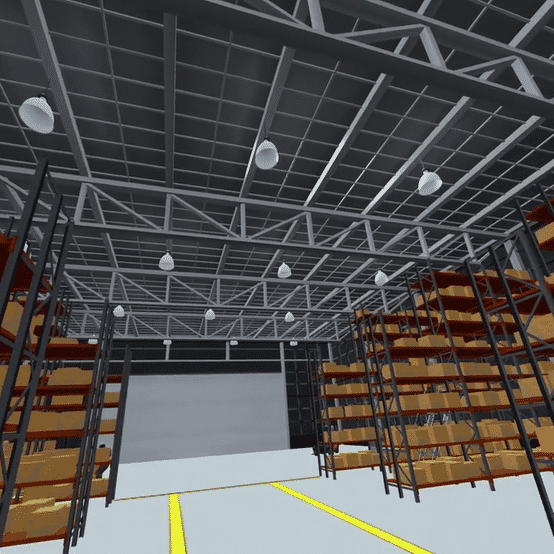
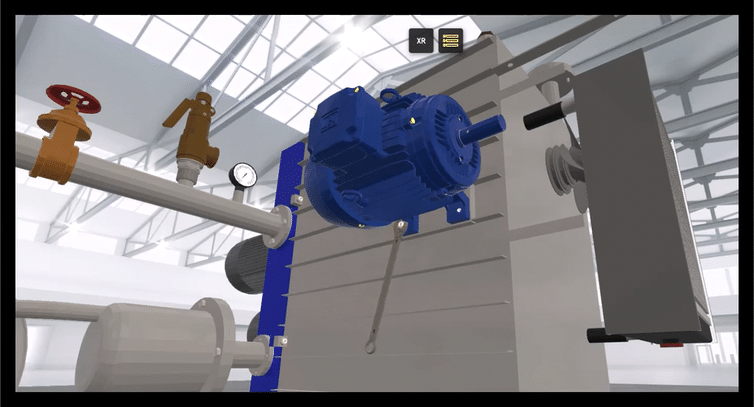
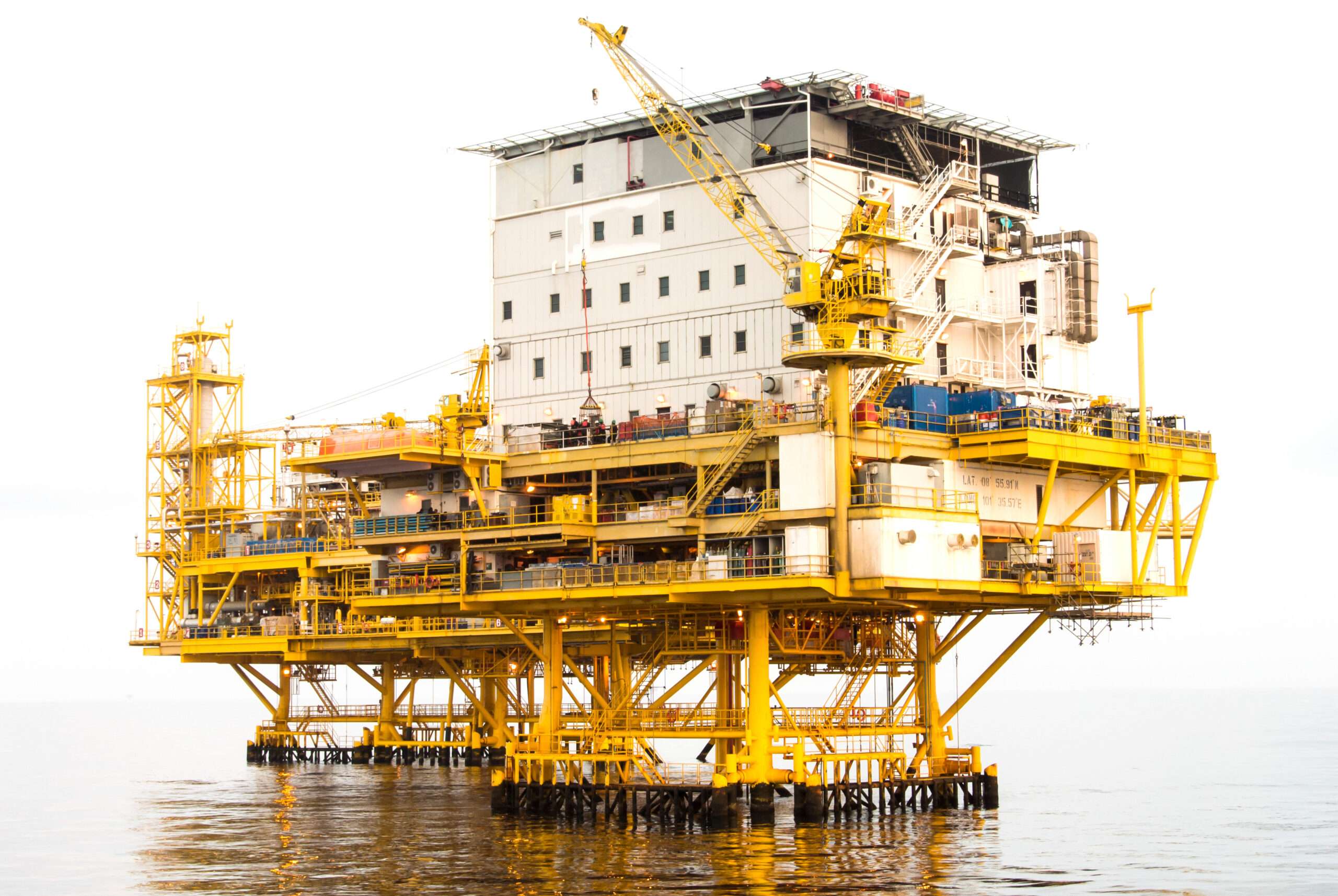
Why AR & VR Training and Collaboration are Essential for the Oil & Gas Industry
The oil & gas industry is faced with several significant challenges that impact its operations, sustainability, and future growth. These challenges range from price volatility, to a widening skills gap due to the energy workforce transition and highlight a pressing need for optimized efficiency at every touchpoint of the energy lifecycle (upstream, midstream, or downstream). These challenges are often interconnected and require innovative digital solutions that can enable this optimization at all stages from manufacturing, installation, operations, and decommissioning.
Virtual and augmented reality technologies applied in the oil & gas industry provide tangible solutions to these challenges:
Virtual Prototyping: VR and AR enable physically realistic visualization and interaction with 3D models early in the design process, reducing the need for physical prototypes and helping global teams and suppliers to more quickly make informed decisions with lower risk and lower cost.
Manufacturing and Assembly: collaborative VR and AR technology can be used to virtually simulate assembly processes of complex components and facilities. Virtual site visits can save costs and avoid delays due to travel to remote locations.
Training and Skill Development: leverage digital twins in VR and AR to realistically train employees on equipment installation/operation, safety procedures, and emergency preparedness without exposing them or the equipment to actual physical risk. Training can also be used for sales/tendering, manufacturing knowledge transfer, facilities training, etc. more cost-efficiently and with fewer material and human resources compared to traditional methods.
Sustainability: not only are VR and AR technologies being used to reduce physical prototyping, but the collaboration between design and manufacturing can reduce rework and material waste. Furthermore, VR/AR training can significantly reduce the environment impact associated with travel and physical equipment.
VR & AR Oil & Gas Workforce Training
Skill shortages and technological transformation in the oil & gas industry are drastically increasing the demand for workforce training. The benefits of integrating VR & AR into oil & gas training are not only in meeting this increased demand, but extend across various facets of operations, from enhancing the skills and safety of technicians to ensuring financial prudence and operational efficiency. Whether for multi-user instructor-led training or self-paced on-demand experiences, the tangible, real-world impact of these technologies is already being felt across the oil & gas industry.
Benefits of VR & AR Training for the Oil & Gas Industry
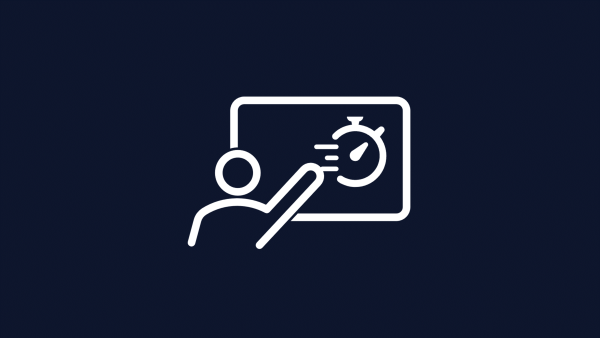
Accelerated and Improved Trainee Proficiency
XR training can not only be completed faster than traditional classroom training or e-learning, but VR trainees also perform better than their classroom and e-learning counterparts. In a study conducted by PwC, VR learners were 4x faster to train compared to classroom training and 1.5x faster to train compared to e-learning. In a study on the effects of virtual reality simulation in emergency evacuation training, it was found that VR trainees performed significantly better (22% more accurate and 7% faster) compared to traditional e-learning.
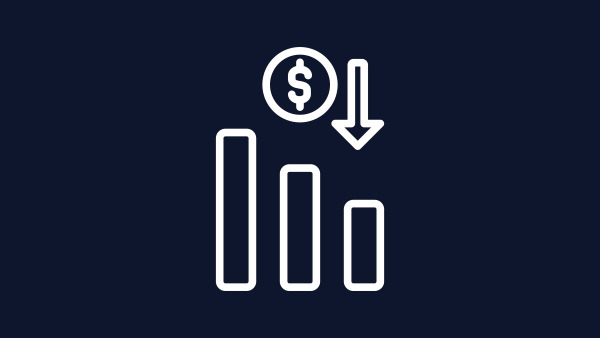
Reduced Training and Operational Costs
Adopting VR training often means physical training equipment and facilities are no longer required and travel costs are eliminated. For example, in a study by Forrester, manufacturers with mixed reality training reduced consumable usage by 80%, saving $1,000 per trainee. Overall, companies were able to reduce training time by 75% at an average savings of $30 per labor hour. The combination of remote virtual training and faster time to train mean that instructors can support more trainees more efficiently. The same Forrester study highlights a life sciences manufacturer who slashed one-to-one training costs while improving learning by replacing the high-cost training with more effective immerse technology.
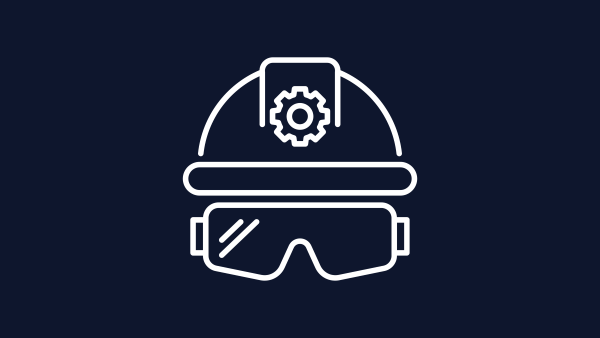
Workplace Safety and Risk Reduction
VR training improves workplace safety and reduces overall risk in numerous ways. First, by virtualizing certain training scenarios, a safe environment is created where a trainee can practice and learn without the safety risks that would accompany real-world errors and mistakes. Secondly, VR training provides opportunities for trainees to react and address hazards that are too risky, costly, or infeasible to recreate physically. For oil & gas companies, this approach is often used for VR safety training where trainees must navigate through a virtual facility to identify and address hazards. Workplace safety is also improved by better on-the-job performance of VR trainees. In their whitepaper, Intel estimated that their electrical safety training would reduce on-the-job incidents by 28%.

Remote Access & Collaboration
By virtualizing learning and development, VR training enables a global and diverse workforce to have instant access to quality training material regardless of their location. Yet this remote accessibility doesn’t have to come at the cost of team collaboration – a single VR training can easily accommodate multiple training modes. When taken as a single-user, on-demand experience, VR training offers trainees flexibility, yet this same experience can be structured as a multi-user, instructor-led training, fostering team collaboration across the globe without the travel costs and logistical challenges. It is estimated that by replacing onsite training sessions with remote VR training, travel costs can be reduced by over $1,000 per trainee per trip.
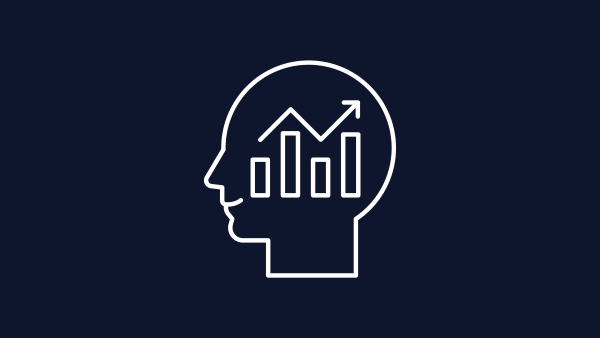
Data-Driven Performance Insights
VR training offers unrivaled in-depth data capture on trainee performance which businesses can use to optimize training methods and improve training outcomes. Unlike in-person training, VR training can seamlessly capture metrics from every action to provide unparalleled insight into trainee skill and knowledge gaps. This data can not only be used to help improve individual trainee outcomes, but can also be aggregated to provide important insights into the overall performance of the training program, enabling identification of areas for improvement.
See no-code training authoring in action!
VR & AR Collaboration in the Oil & Gas Industry
For the oil & gas industry, with global workforces, supply chains, partners, and customers, virtual collaboration with digital twins has never been more critical to maintaining competitiveness. By facilitating communication, decision-making, and teamwork among various stakeholders involved in the design, development, manufacturing, and marketing of oil & gas equipment and facilities, VR & AR technologies are providing real-world, tangible benefits to oil & gas enterprises.
VR & AR Oil & Gas Collaboration Use Cases
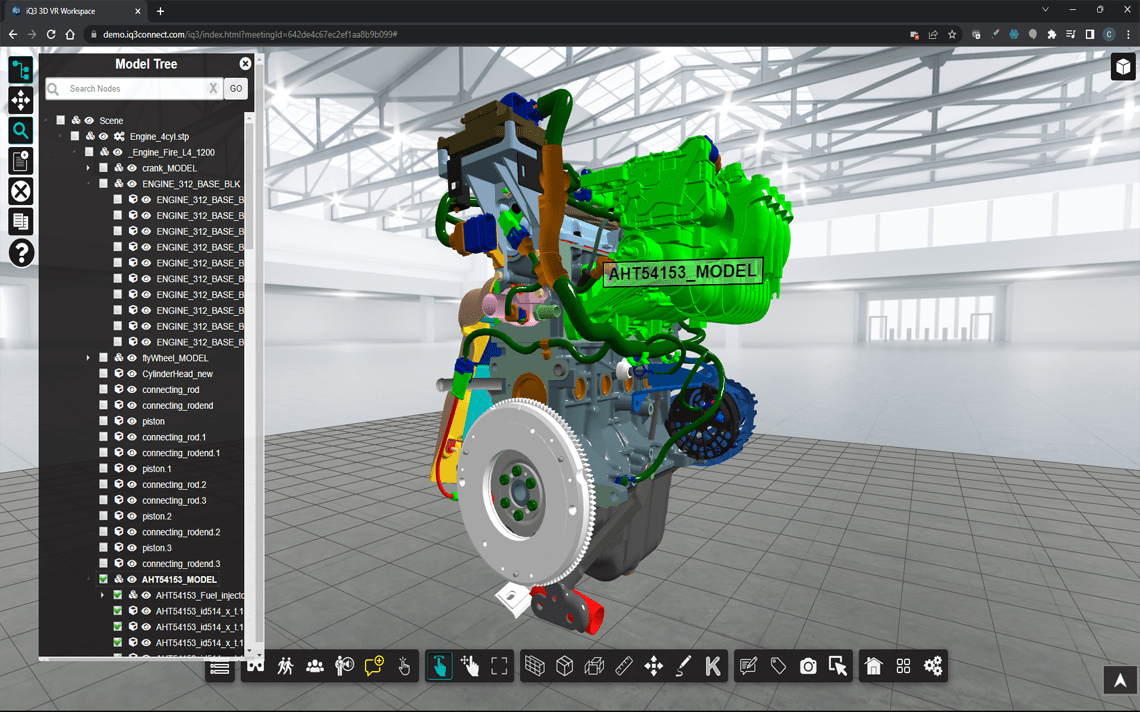


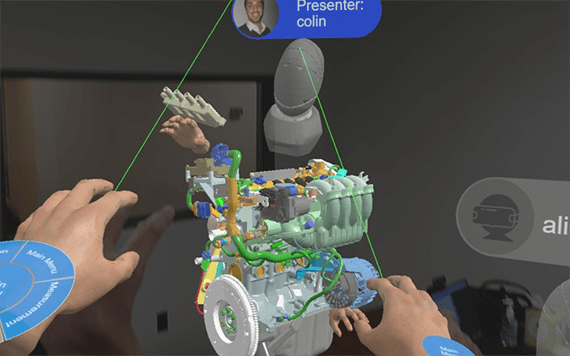
Benefits of VR & AR Collaboration for Oil & Gas Companies
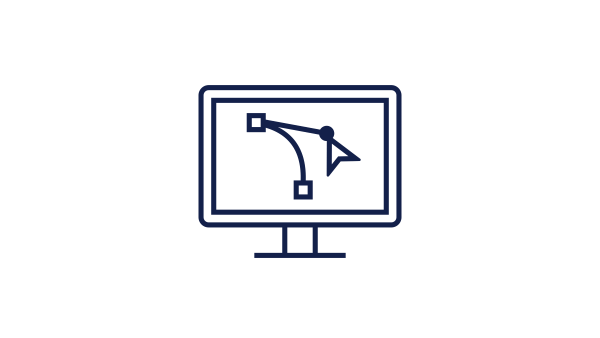
Reduce Physical Prototyping
Save cost and time and reduce your environmental impact by leveraging VR & AR technologies to reduce physical prototypes. The immersive and interactive experience provided by VR & AR technologies allows teams to virtually evaluate the component, equipment, or facility as comprehensively as a physical prototype.
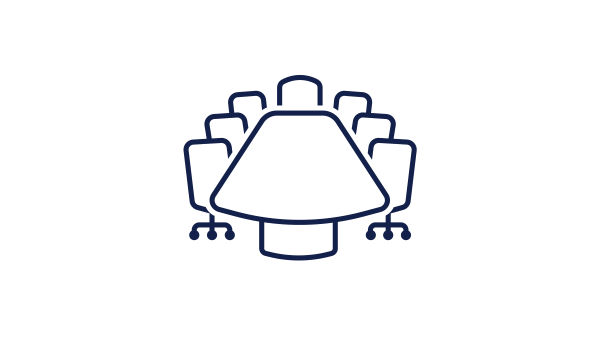
Reduce Costs of Collaboration
Geographically dispersed teams, including designers, engineers and manufacturing, can collaborate in real-time in virtual XR-enabled workspaces, regardless of what device (VR, AR, PC, or mobile) they are using. By eliminating the need for on-site visits and face-to-face meetings that the evaluation of physical prototypes or facility walkthroughs requires, VR & AR collaboration saves $3,500 on average per trip per person, as demonstrated in a study by Forrester.
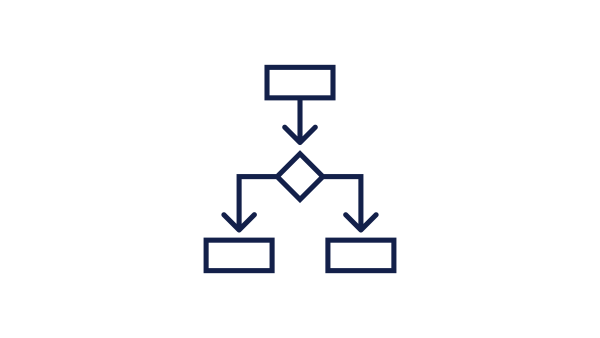
Make Better Decisions, Faster
Real-time VR & AR design reviews and evaluations are empowering key stakeholders and decision makers to interrogate the design and engineering of their component or facility much earlier in the design process in a true 1-to-1 scale. This realistic, 3D virtual review accelerates the decision making process by identifying design issues and improvement opportunities more quickly.

Improved Sustainability
By eliminating travel and physical prototyping, VR & AR technologies can enable oil & gas enterprises to reduce their environmental impact during product development and manufacturing planning.
See no-code training authoring in action!

Hardware and Software Compatibility
iQ3Connect’s VR & AR Solution is designed to ensure compatibility and seamless integration with the most common hardware and software used in the oil & gas industry.
Our platform is compatible with nearly all major VR and AR headsets available in the market, ensuring that teams, customers, suppliers, and partners can all immerse themselves and collaborate with an interactive digital twin irrespective of what hardware they have access to. No headset, no problem! All immersive workspaces and training are accessible from a web browser on any device, even PCs, laptops, tablets, and cell phones. No software installations or app downloads required.
Our platform is also built to work with the CAD design software and scanning data most commonly used in the oil & gas industry, while integrating into Product Lifecycle Management tools, Learning Management Systems, and User Access tools such as single sign-on and Active Directory, enabling oil & gas companies to seamlessly deploy immersive 3D into their everyday workflows.
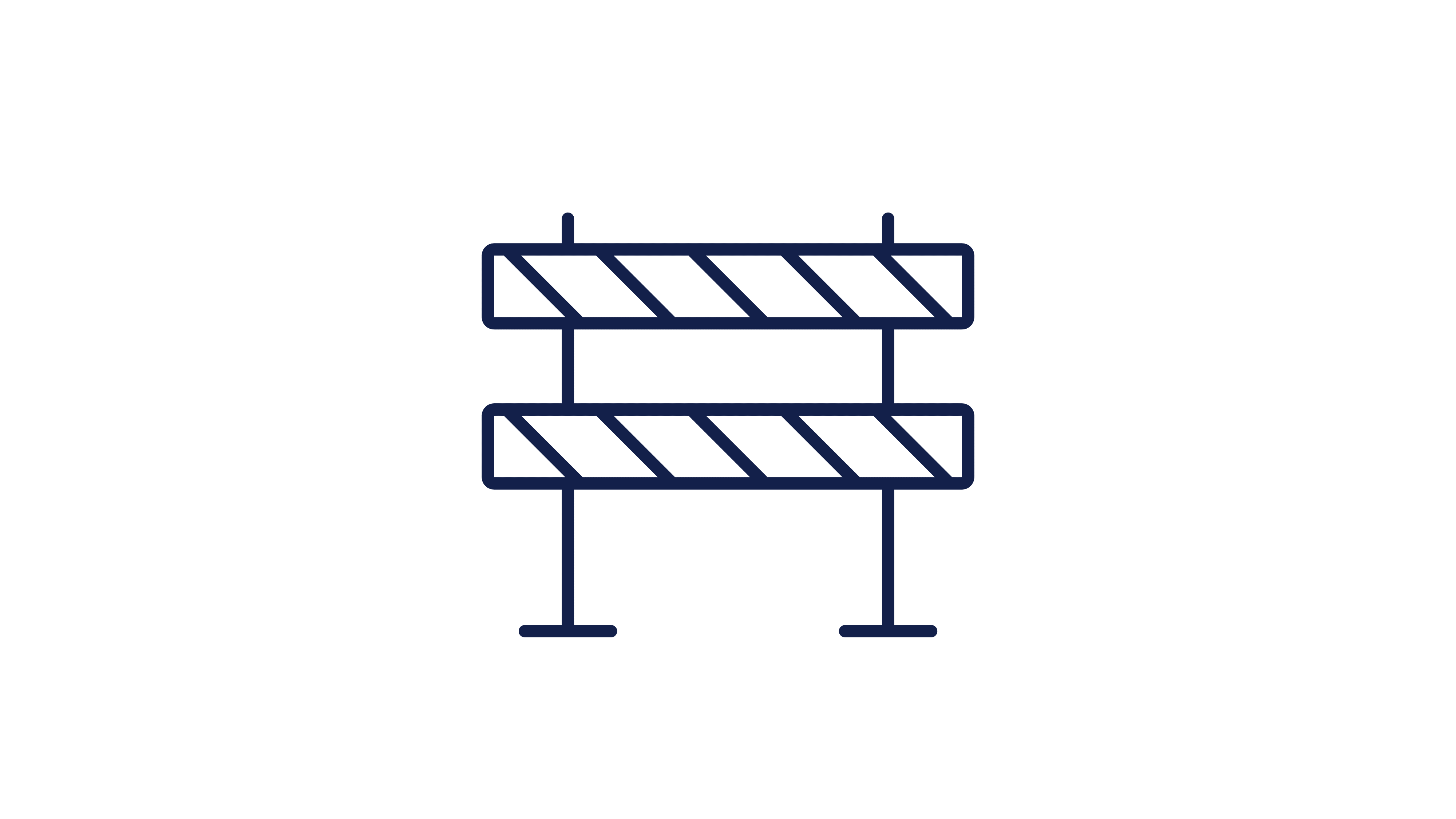
Overcoming Barriers to Adoption
The journey of adopting virtual reality (VR) and augmented reality (AR) is accompanied by several challenges for oil & gas companies, each presenting its unique hurdles and requiring strategic navigation to ensure successful implementation and utilization. With the iQ3Connect Platform, these challenges can be minimized.
Initial Costs: The upfront investment in VR & AR technologies for large teams, including hardware like VR headsets and software, can be substantial. However, such upfront investment is no longer necessary. iQ3Connect’s device agnostic approach means that even teams with no XR hardware can start to realize the benefits of immersive collaboration and training using just their PCs, laptops, and mobile devices. Moreover, it’s pivotal to view any investment through the lens of long-term gains. The reduction in training costs, enhanced safety, and improved collaboration and product development provided by VR & AR solutions significantly offsets any initial outlay, presenting a compelling Return on Investment (ROI) over time.
Technical Challenges: The integration of new technologies can present technical challenges, such as compatibility issues with existing systems and workflows and the need for additional IT support. iQ3Connect addresses these challenges by offering a platform that seamlessly integrates into an organizations existing toolset, ensuring that administrative, IT, and user and content management efforts are not duplicated. Additionally, our web-based approach eliminates the need for software or app management.
Content Quality and Relevance: Developing high-quality, relevant VR & AR content that aligns with the specific needs and challenges of the oil & gas industry is crucial. Typically this is a time consuming and costly endeavor involving developers, engineers, and CAD designers. With iQ3Connect, 3D product data can easily be imported into VR & AR experiences automatically, without modeling expertise, while integration into a PLM system can further streamline this process. Additionally, our no-code training creation empowers the training team, instructors, and subject matter experts to create immersive training material that is not only technically accurate but also directly applicable to real-world scenarios. All without programming or development expertise.
Improve team communication, accelerate workforce training, and streamline engineering workflows with iQ3Connect’s Oil & Gas XR Solution
Resources

News
iQ3Connect Product Release v2025.3
Read More
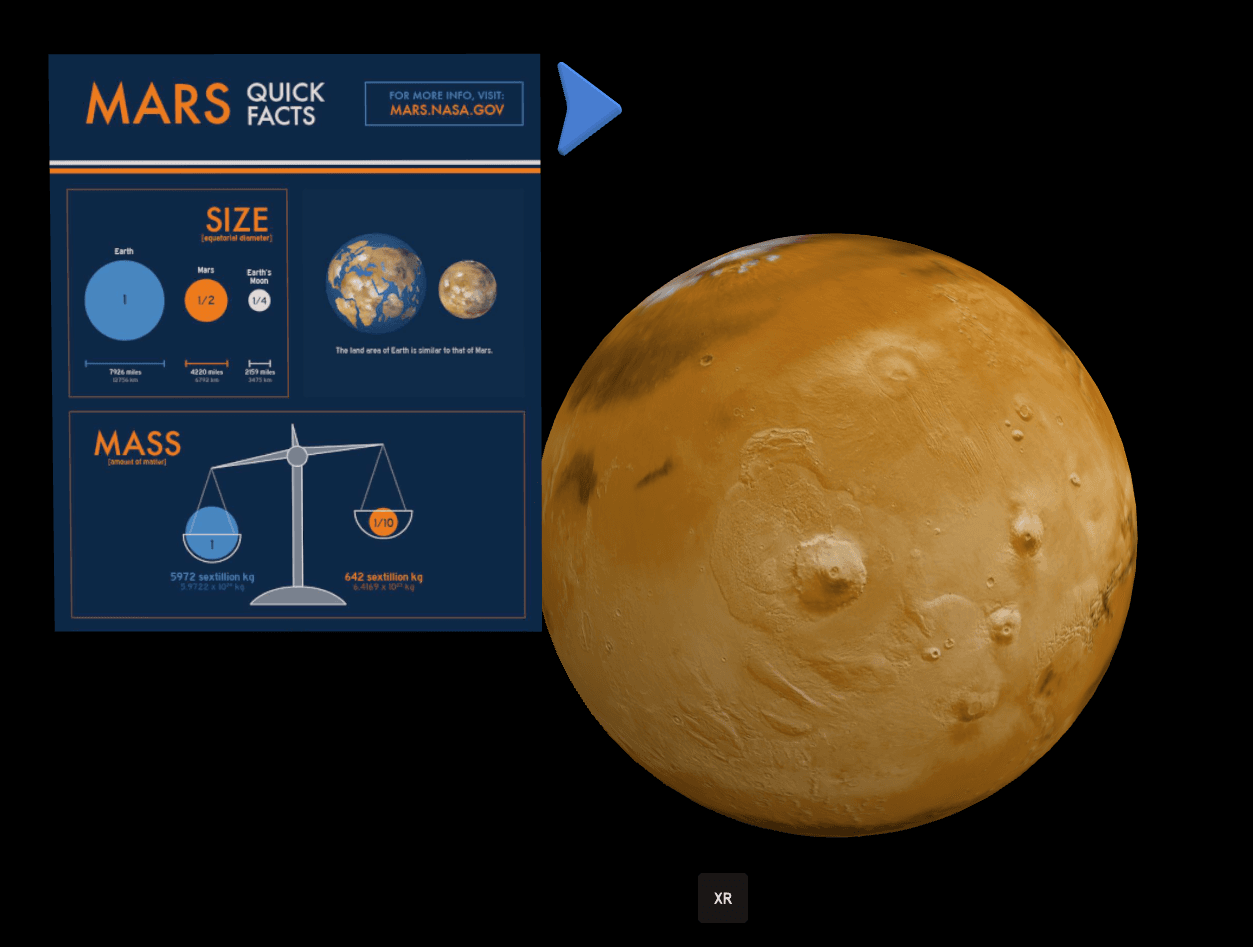
XR Workspace
Educational Example – Mars Base Camp Experience
View Details
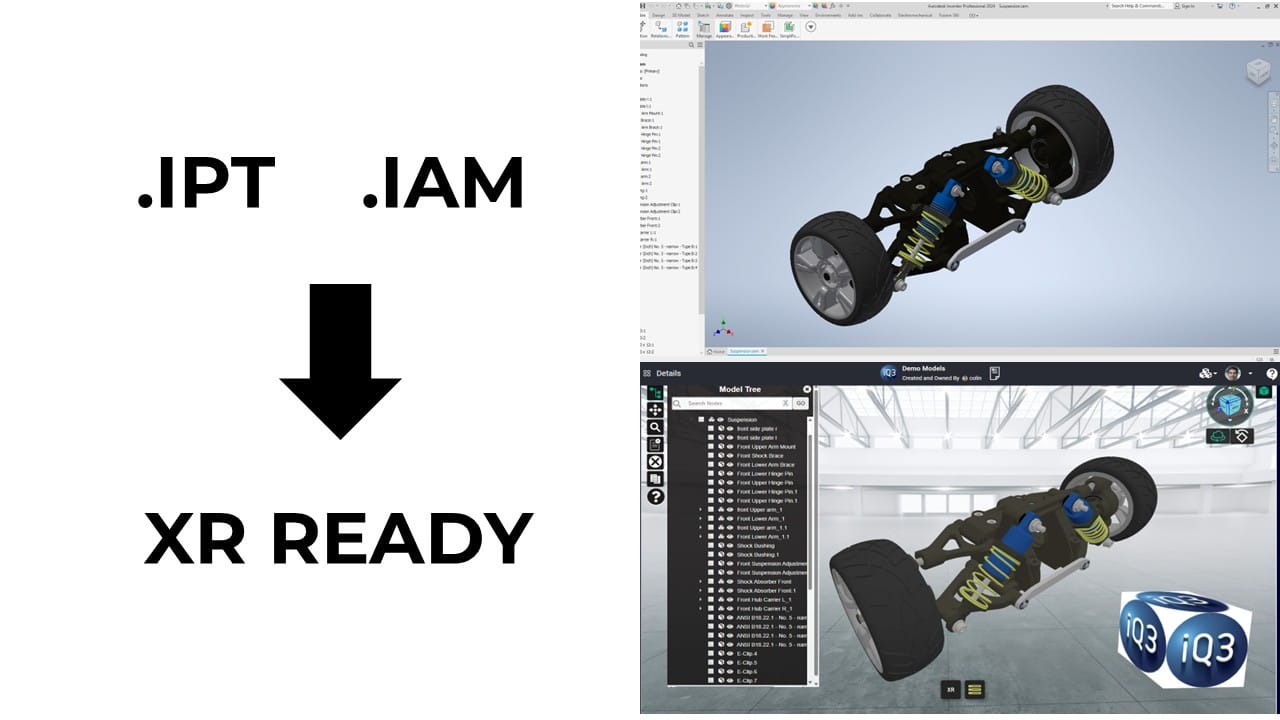
Blog
From Autodesk Inventor to XR Experiences: Simplifying 3D…
Read More

Blog
Transforming Aerospace Development with iQ3Connect
Read More
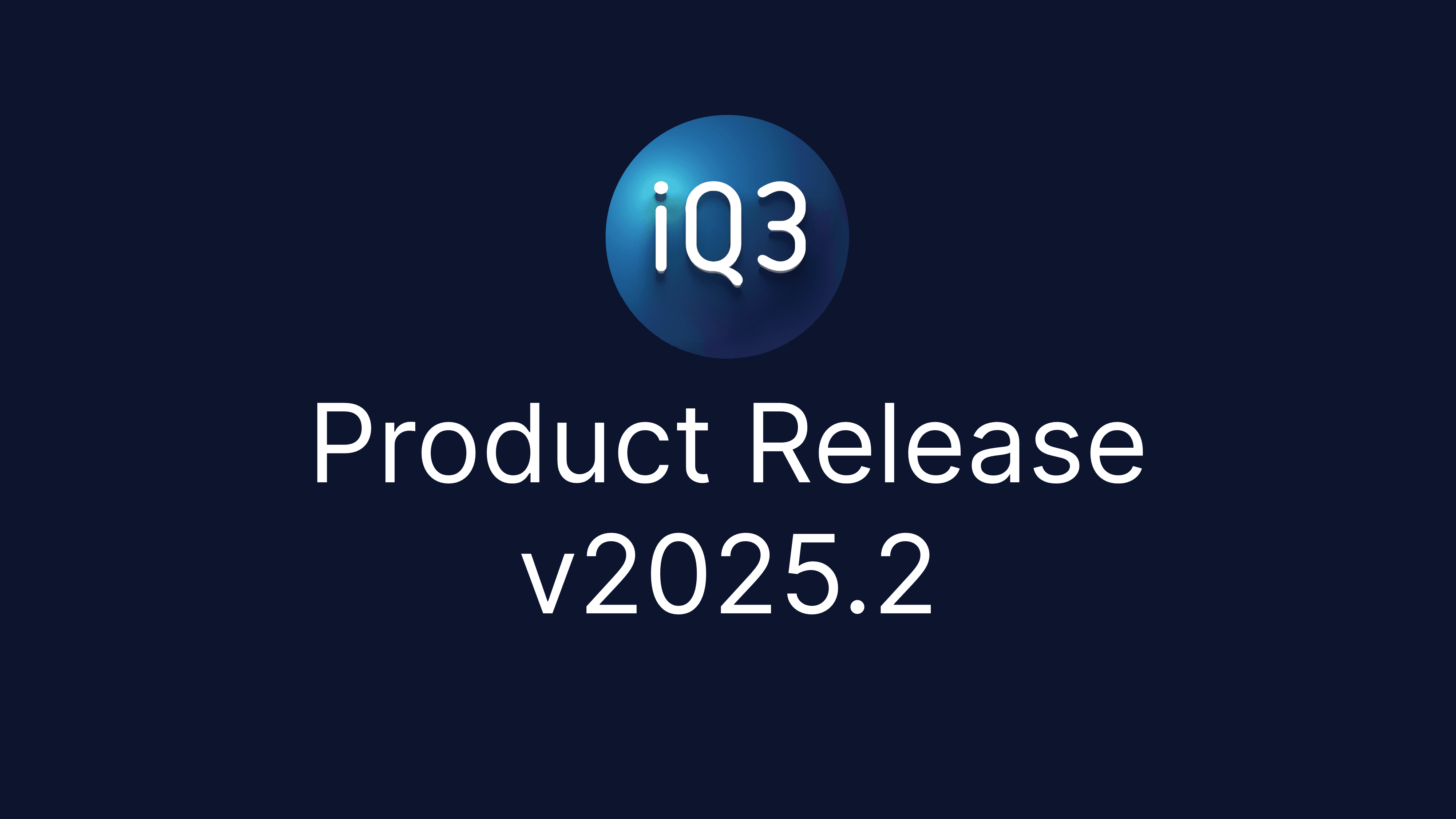
News
iQ3Connect Product Release v2025.2
Read More

Blog
Meta Quest 74.0: Scaling Enterprise XR with Streamlined …
Read More
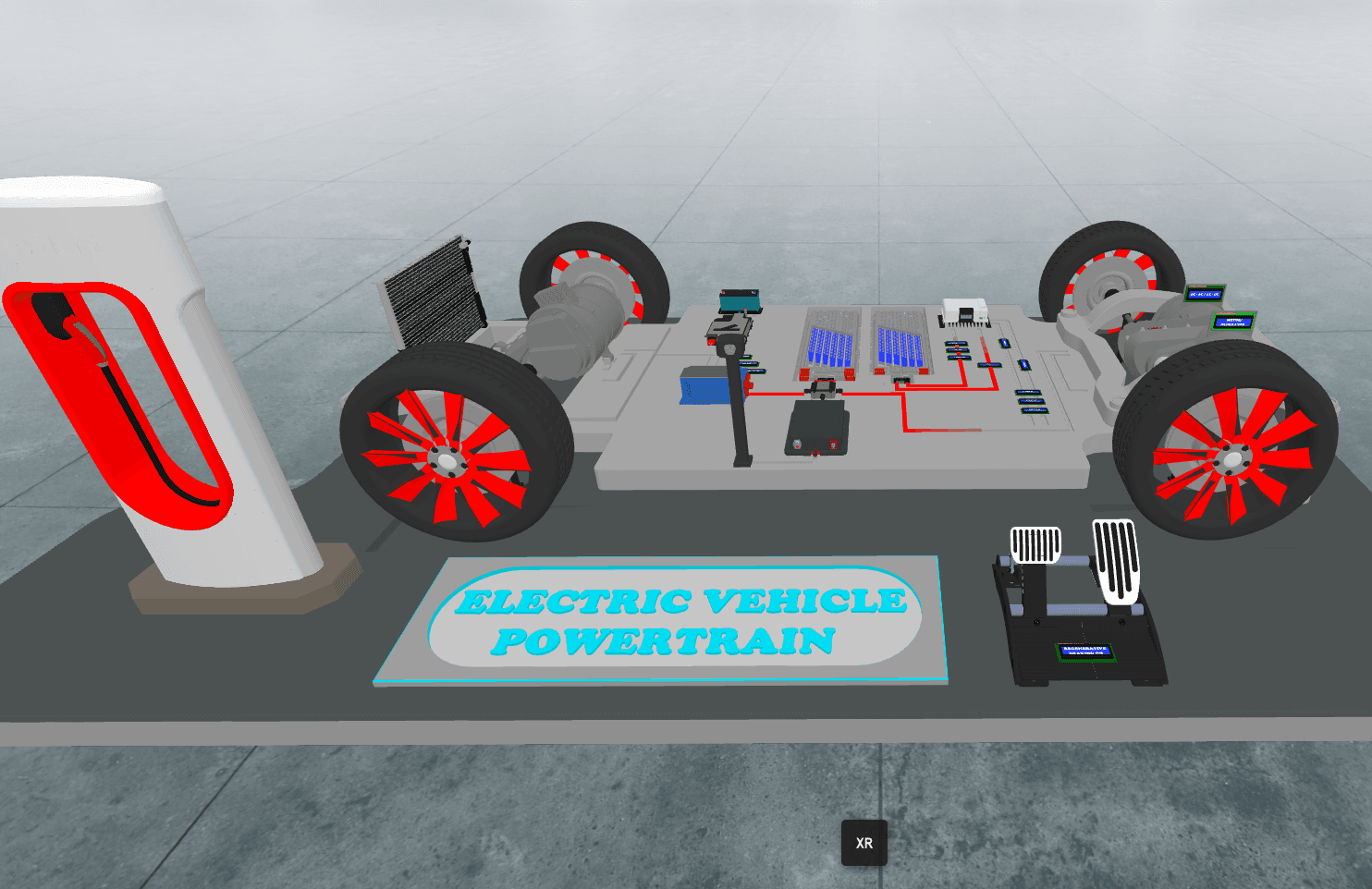
XR Workspace
Educational Example – EV Powertrain
View Details

Blog
Quest 3: Boundaryless AR on the Web
Read More
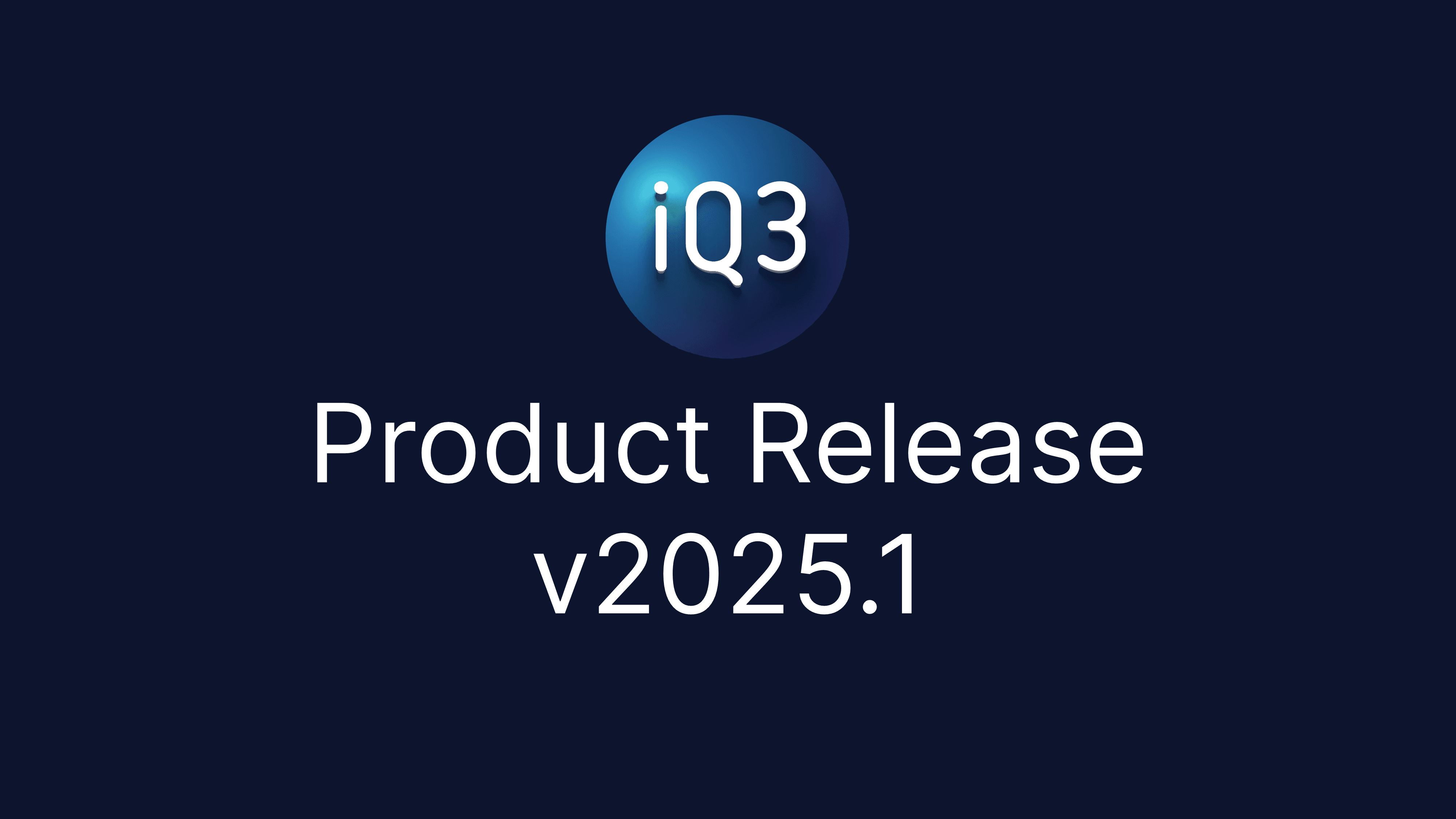
News
iQ3Connect Product Release v2025.1
Read More
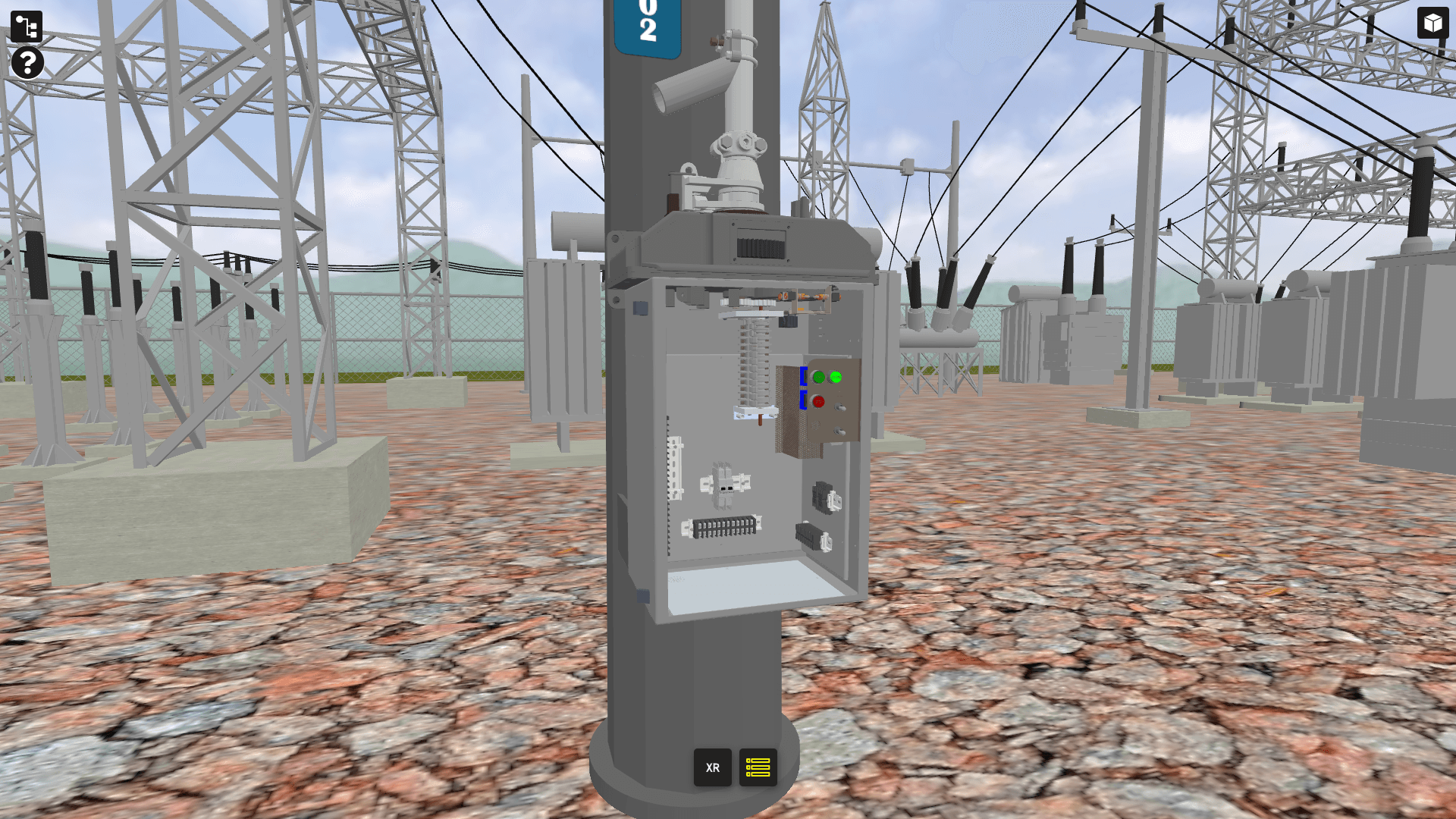
XR Workspace
Feature Showcase – Animations and Interactivity
View Details

